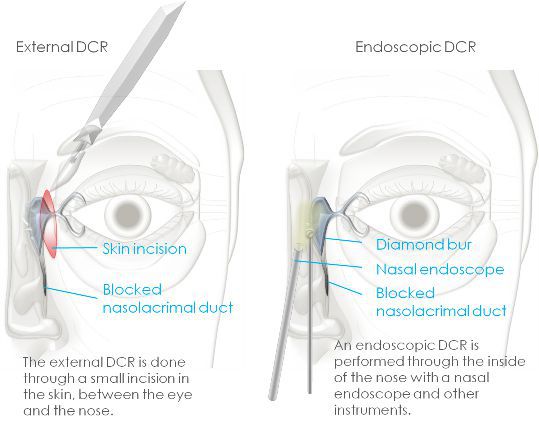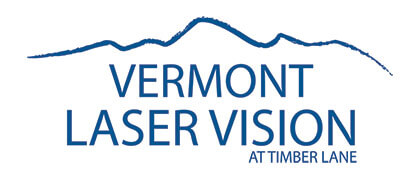Dacryocystorhinostomy (DCR) is a procedure for the treatment of a blocked tear duct, or nasolacrimal duct obstruction. Typically a DCR procedure is performed if there is a complete or near complete obstruction of the duct. During DCR a new tear drain in created between the eye and nose to bypass the blocked tear drain. This helps to alleviate the symptoms associated with a blocked tear duct, such as:
- Excessive tearing
- Recurrent conjunctivitis (inflammation of the eye)
- Recurrent dacryocystitis (infection of the lacrimal sac)
- Painful swelling in the corner of the eye (near the nose)
- Chronic mucus discharge
- Eye irritation
There are two ways of doing the surgery:
Endoscopically (through within the nose)
Externally (through the skin)
What is an endoscopic DCR?
An endoscopic dacryocystorhinostomy (DCR) is a surgical procedure that is done to create an alternative tear drainage between your eyes and nose. By using cutting edge technology, this procedure is performed through the nostrils in a minimally-invasive manner using a nasal endoscope. The endoscope allows Dr. Lane to see inside the nose and make an opening between the tear sac and the lining of the nose without making an incision in the skin. A soft, flexible tube stent will be placed temporarily to keep the new duct open as it heals. This tube will be removed painlessly in the office one month after the surgery. After the procedure, eye drops will be prescribed to use into the eye and a nasal spray into the nostril to optimize healing.
What is an external DCR?
The DCR procedure is performed in a surgical setting under general anesthesia. During the procedure a small incision is made along the lower lid crease to access the lateral nasal wall. This incision site is selected to reduce the appearance of scarring. A piece of nasal bone is removed to form a new tear drain that bypasses the blocked tear duct. A soft, flexible tube stent will be placed temporarily to keep the new duct open as it heals. This tube will be removed painlessly in the office a few months after the surgery.
After the procedure, an ointment is used in the eye and along the incision site. The recovery is typically comfortable. There may be minor bruising or swelling which should resolve over the first few weeks. Most patients notice a decrease in tearing and discharge after the procedure.
What type of surgery will I have?
At the time of your consultation, Dr. Lane will do an examination and review with you what type of surgery would be most beneficial for you. She will review the risks and benefits for both surgeries given your anatomy.
There are some postoperative restrictions following a DCR surgery:
- Avoid swimming, hot tubs, spas and whirl pools for 10 days after surgery
- Do not blow your nose for 2-3 days after surgery to reduce the risk of a nose bleed
- It is important to keep the lining of the nose moist; a dehumidifier may be helpful
- A nasal spray may be prescribed after surgery to reduce nasal drip
- Apply cold compresses to the surgical site for 20 minutes at least 4 times a day for the first 2 days after surgery
- Only light activity is recommended for the first 2 days after surgery. Return to a normal exercise routine as soon as 5 days after surgery



